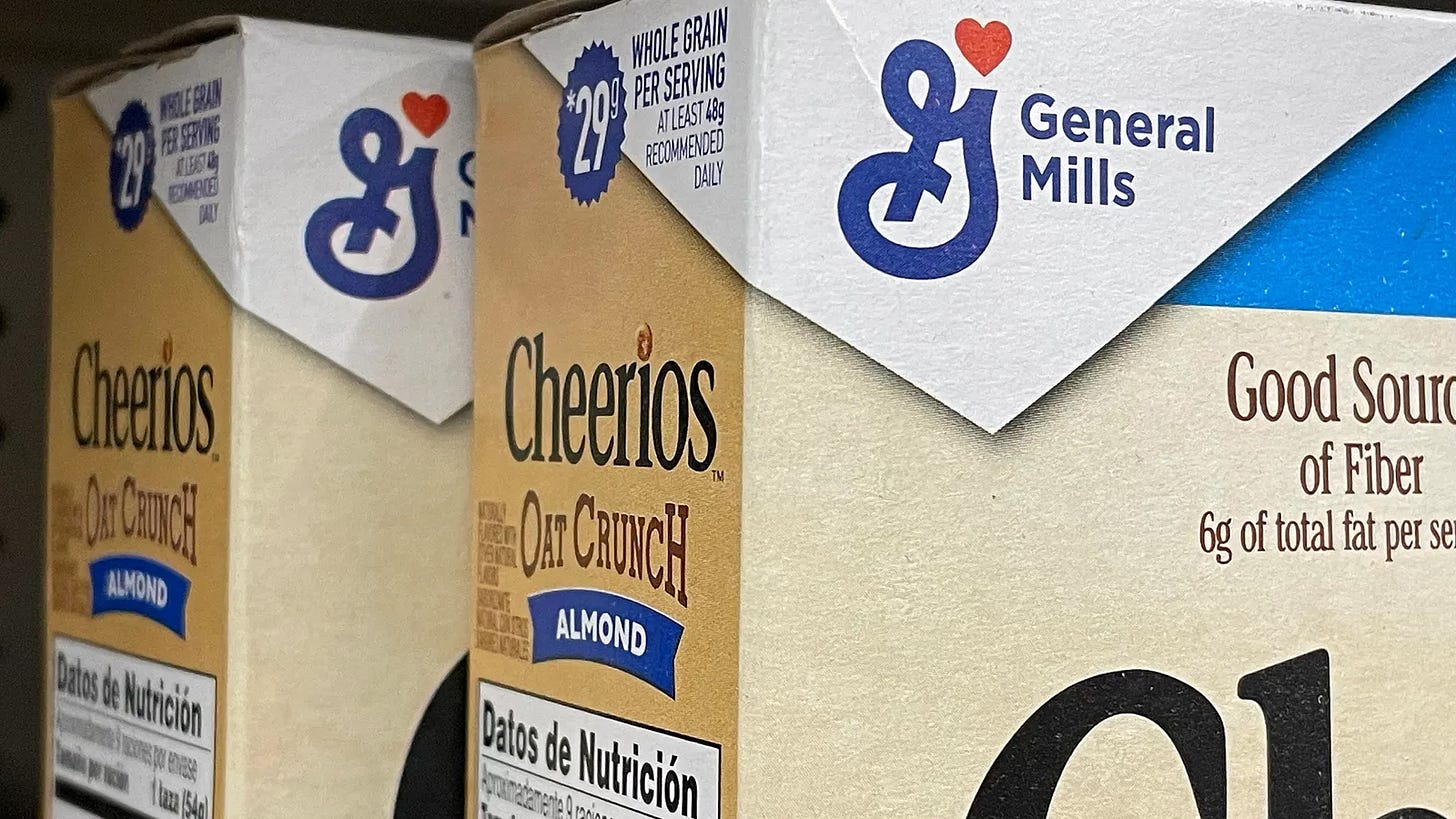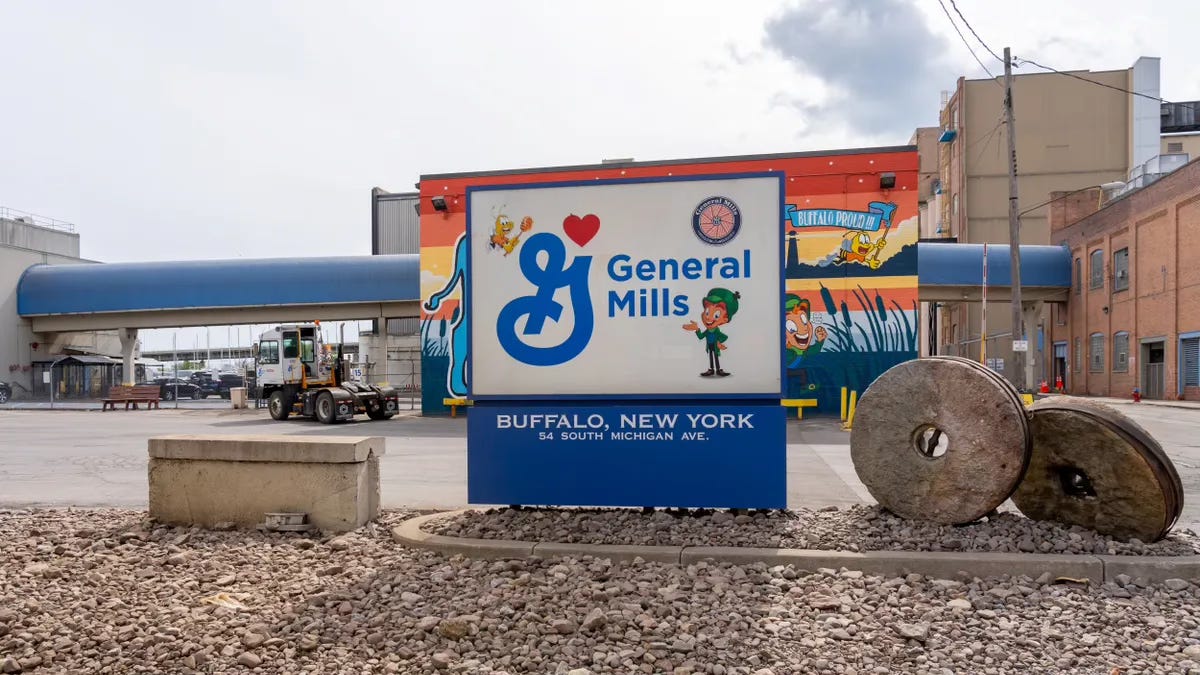Feeding Billions with Data
How General Mills Transformed Procurement with a Unified, Cloud-Native Supply Chain
In a world where procurement decisions ripple across thousands of SKUs, suppliers, and distribution points, General Mills made a bold bet: fix the data, and the supply chain will follow.
What started as rows of Excel sheets, email chains, and reactive fire drills evolved—just in time for the pandemic—into one of the most advanced supply chain decision engines in the food industry.
At the heart of this transformation?
Procurement at scale, powered by data, speed, and a single source of truth.
🏗️ The Complexity: 20,000 Suppliers, 10,000 Customers, 250 Facilities
General Mills doesn’t just make breakfast cereal. It runs a global manufacturing and procurement ecosystem that touches nearly every aisle in your grocery store.
Let’s frame the challenge:
20,000+ active suppliers
250+ production sites
10,000+ end customers
Millions of orders per year
18,000 employees working in supply chain functions
Before 2020, much of this ran on legacy processes—Excel models, fragmented systems, and siloed tools. Strategic procurement decisions were made with limited visibility and minimal scenario planning.
🧠 The Spark: From Plant Floor to Data-Driven Strategy
Dave Jackett, now Senior Director of Digital Supply Chain at General Mills, began his career on the factory floor in Iowa. Back then, procurement was manual and reactive.
“Suppliers emailed about delays. We crunched numbers in Excel. By the time we figured it out, the situation had already changed.”
The turning point came when CEO Jeff Harmening made supply chain digitization a top-level mandate—not just in words, but with serious capital investment.
🌐 The Goal: Procurement Built on a Connected Data Foundation
The strategy? Start with the root: data infrastructure.
Instead of optimizing one use case at a time, the team migrated thousands of disconnected tables and sources to the cloud—Excel, SAP, planning models—into a single, integrated architecture.
“At first, we didn’t know every use case. But that was a strength. The architecture gave us the flexibility to adapt as we scaled.”
This new digital foundation meant procurement teams could now:
See real-time supplier performance
Model cost-to-serve scenarios instantly
Optimize procurement strategy across millions of SKUs
Align sourcing decisions with inventory, production, and customer priorities
🔄 A Procurement Crisis, Averted in Real-Time
The new system was tested under pressure. At 7 AM, a plant reported a labor shortage. They weren’t sure what the impact would be.
But instead of waiting for emails or building a spreadsheet, the planning team:
Ran live impact scenarios
Modeled prioritization by customer (e.g., Walmart vs. other accounts)
Presented multiple real-time options to leadership by 1 PM
And here’s the kicker:
Once the decision was made, it propagated across the system.
The plant saw it.
The logistics team saw it.
Procurement adjusted immediately.
“This is what supply chain orchestration looks like,” Jackett said.
📉 50 Million Micro-Decisions, One Unified System
Before the transformation, General Mills estimated that its teams made over 50 million decisions per year.
Some worth $50.
Some worth $5 million.
But every decision shaped:
The company’s $13B cost of goods sold
Its on-shelf availability
Its sustainability and efficiency targets
By making those decisions faster, smarter, and more connected, General Mills unlocked procurement as a strategic engine—not a cost center.
📊 Lessons for Procurement Leaders
✅ Digitization isn’t about replacing Excel. It’s about replacing fragmentation.
If data lives in silos, so do your decisions. Build architecture that unifies—not just tools, but teams.
✅ Executive buy-in is not optional.
Without C-level sponsorship and funding, this level of system change is impossible. Harmening’s vision was essential.
✅ Start with data. Don’t wait for perfect use cases.
General Mills moved before it had every application defined. That flexibility made it scalable.
✅ Procurement is the real-time interface between planning and execution.
When your procurement team sees the same data as operations, logistics, and finance, alignment becomes a reflex—not a meeting.
🧠 Final Thought: Procurement as a Strategic Lever
General Mills didn’t just digitize supply chain planning. It redefined the role of procurement in a digital-first enterprise.
In an age where volatility is the norm—from climate disruptions to supply shocks—resilient procurement begins with real-time intelligence.
The tools are here. The ROI is proven.
The question is no longer “if” but “how fast.”






